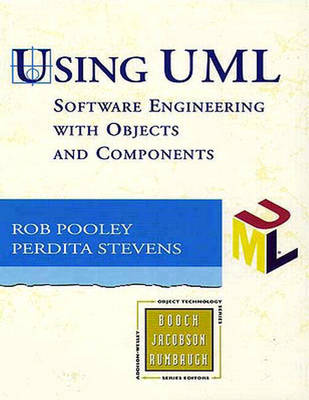Addison-Wesley Object Technology
1 total work
Using UML is an introduction to the Unified Modeling Language for students learning about object- and component-based software design and development. It places UML in the context of the software engineering discipline as a whole, providing students with a practical understanding of good practice in software design and development. The authors present a broad view of the subject area, enabling students to see for themselves how different practices may be appropriate for different situations. The goal of the book is to encourage a pragmatic and open-minded approach to real-life software engineering. The book is divided into four parts containing introductory and more advanced chapters. Depending on their existing knowledge and experience, readers can follow different routes through the material (see preface for details). Part 1 introduces the concepts of software engineering and object-oriented development. Part 2 covers UML, the language. Part 3 consists of three case studies. Part 4 discusses issues which are important in putting the techniques taught in the book into practice in a quality- and reuse-conscious environment.
Topics covered include patterns, testing, software project management, teamwork and quality assurance. The authors Dr Rob Pooley is Professor of Computer Science at Heriot-Watt University, Edinburgh. Dr Perdita Stevens lectures in the Computer Science department at the University of Edinburgh. The book is based on two courses they have developed and taught: an introduction to object-orientation and UML, and a more advanced course on software engineering with objects and components.
Topics covered include patterns, testing, software project management, teamwork and quality assurance. The authors Dr Rob Pooley is Professor of Computer Science at Heriot-Watt University, Edinburgh. Dr Perdita Stevens lectures in the Computer Science department at the University of Edinburgh. The book is based on two courses they have developed and taught: an introduction to object-orientation and UML, and a more advanced course on software engineering with objects and components.
